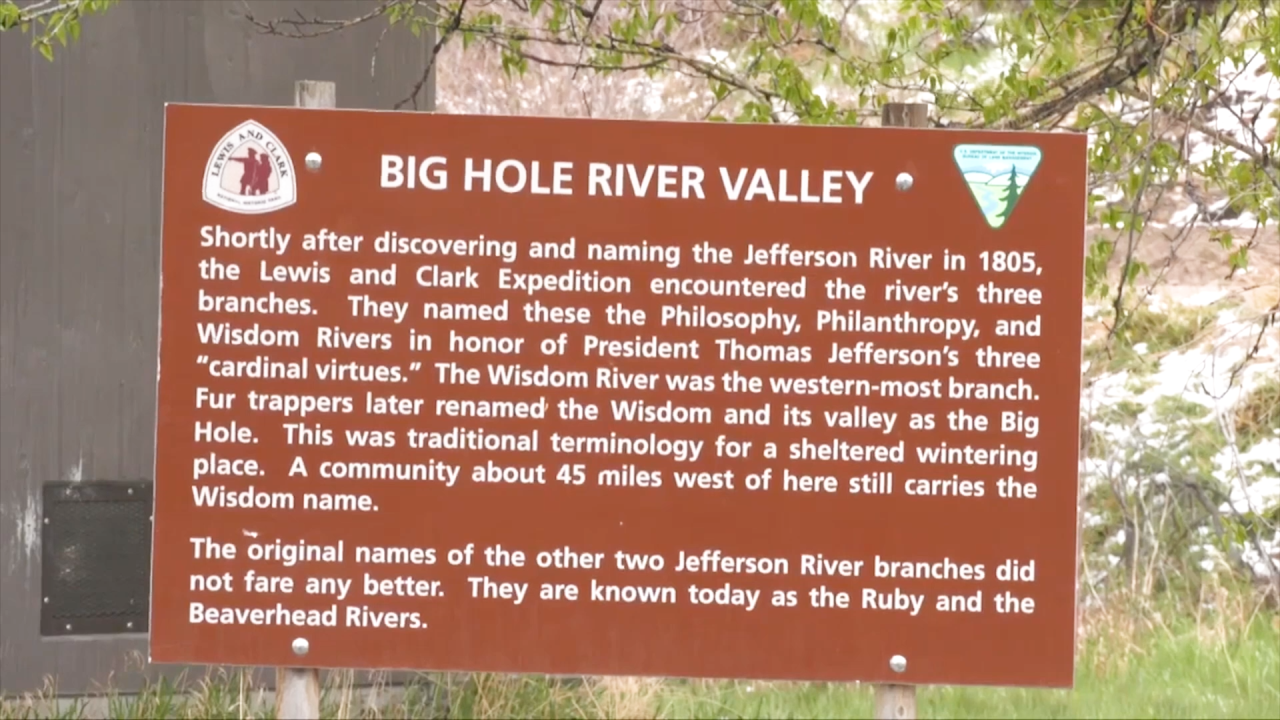HELENA — Montana’s Fish and Wildlife Commission took significant steps to help brown trout populations in southwest Montana at their Aug. 20 meeting.
Due to declining fish populations, the commission implemented catch and release only on the Big Hole and Beaverhead rivers. Only artificial flies and lures may be used. Harvesting brown trout, using bait or double/treble hooks are prohibited.
The new rules are effective immediately. They affect the entire Beaverhead River, restrictions on the Big Hole River encompass the mouth of the waterway near Twin Bridges to Dickie Bridge.

The Big Hole will also have a seasonal closure between the Bureau of Land Management Maiden Rock site and Brownes Bridge Fishing Access Site from Nov. 1 until the third Saturday in May.
There will be seasonal closure on the Beaverhead from Clark Canyon Dam to Pipe Organ Bridge. The river will also close from Nov. 1 until the third Saturday in May.
Members of Montana Fish, Wildlife and Parks (FWP) initially proposed just closing spawning areas early. But based on public comments, the commission believed more needed to be done to ensure the fisheries have the best shot at recovering.
“I’m not disrespecting in any way the department’s biological assessment of this, but I would think if we’re taking action to close spawning areas for months on these rivers we should advocate or propose catch are released along with that,” said Commissioner KC Walsh who carried the motion.

Many Montana fisheries have been suffering this year due to low stream flows and warm temperatures, with “hoot owl” restrictions currently implemented on 17 rivers and creeks statewide.
Years like 2021 create conditions where it is very hard for juvenile fish to locate a habitat and survive. Trout under a year old generally have the highest mortality rate anyway, warm temperature and low flows can see an entire year’s hatch not make it to the next.
Brown trout and brook trout are particularly impacted by low flows because, unlike rainbow and cutthroat, browns and brookies spawn in the fall. The impacts of a hatch not making it will be felt on those fisheries for years.

“Recruitment has been down in these rivers (Big Hole and Beaverhead). We have low numbers of age ones and age twos. Area expectation is this year’s recruitment will be very poor just given the flow conditions. So that’s going to take a three-year before we see those fish becomes adults of course and spawn,” said Travis Horton, FWP Region 3 Fisheries Manager.
Horton noted that he does not believe catch and release will have that big of an impact due to the stress the fish often suffer, but added it couldn’t hurt either.
“I think that we are in a dire situation with these brown trout. In particular with this year, it certainly would not hurt the situation to encourage those juvenile fish to be able to grow up," noted Horton.




